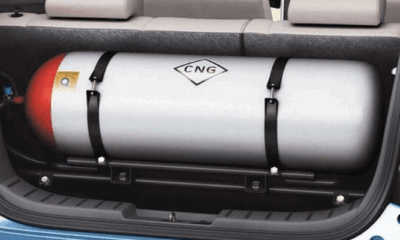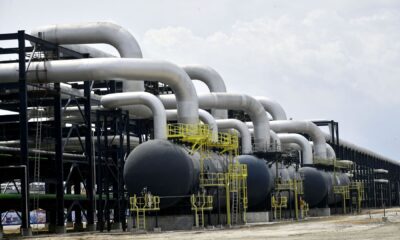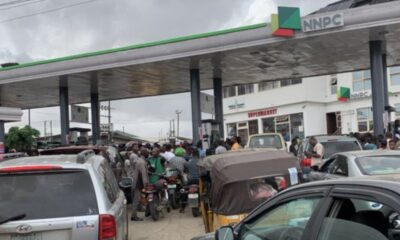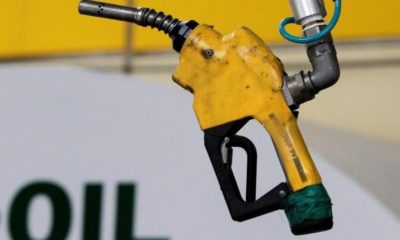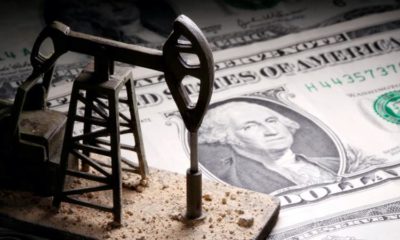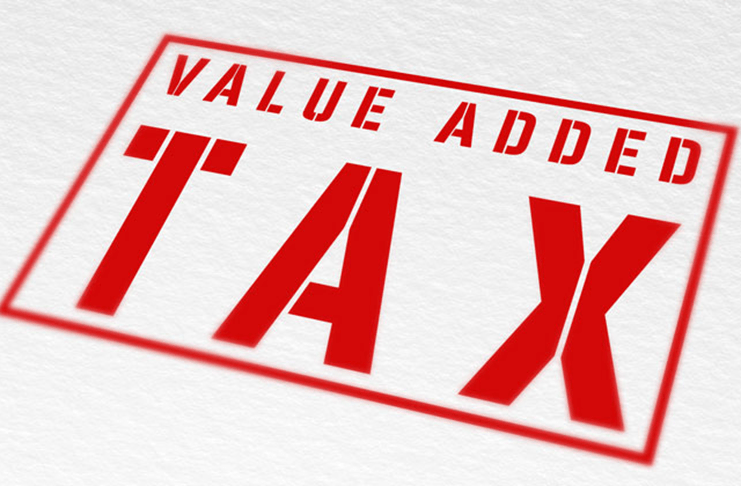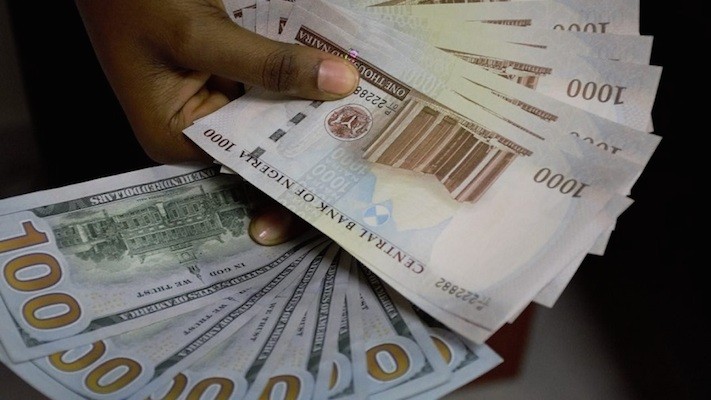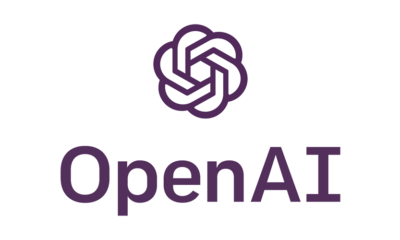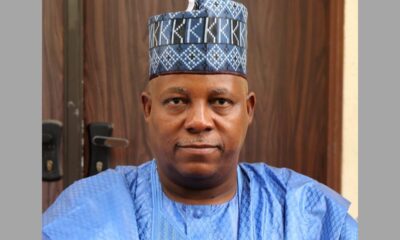Oil marketers have projected that the pump price of petrol in Northern Nigeria might rise above N700 per litre starting from July.
Independent Petroleum Marketers Association of Nigeria’s National Controller of Operations, Mike Osatuyi, revealed on Wednesday that prices could increase to over N700 in the northern region once independent marketers commence product imports.
Osatuyi explained that residents in the northern states might have to pay as much as N700 and above for one litre of petrol, while those outside Lagos should anticipate a price of around N610. Lagos residents, on the other hand, would pay approximately N600 per litre.
The downstream sector is currently awaiting fresh petroleum products as the Nigerian Midstream and Downstream Petroleum Regulatory Authority (NMDPRA) continues to license operators interested in the importation business.
Olufemi Adewole, the Executive Secretary of the Depot and Petroleum Products Marketers Association of Nigeria, stated that the NMDPRA is presently licensing additional importers. He emphasized that the prices of products would depend on market fundamentals.
Adewole pointed out neighboring countries like Ghana, Benin, and Cameroon, which rely on Nigeria for their petroleum products. He raised concerns about smuggling activities from Nigeria to these countries.
He further elaborated, “Prices of products will depend on market fundamentals, and as we speak, the Nigeria Customs Service is delaying some AGO (diesel) vessels because of the 7.5 per cent VAT. And don’t forget, any cost incurred by marketers would be added to landing cost, and then to the pump price. The marketer would also have to add profit because they must make a profit.”
Tunji Oyebanji, a former chairman of the Major Oil Marketers Association of Nigeria and CEO/Chairman of 11 Plc, stated that consumers should expect new pump prices similar to diesel prices and those of neighboring African countries that import petrol.
A recent check revealed that as of June 19, the price of one litre of petrol in Ghana, Cameroon, and Benin was already above N800.
Currently, petrol sells for around N495 and above in Nigeria, with diesel prices approaching N800 per litre.
Oyebanji stated, “The truth now is that if you look at the prices of other West African countries that also import petrol, then you will have an idea of what the price will likely be once companies start importing. So, if the price we have now is not anywhere close to theirs, then we are not yet there. Another indicator should be the current price of diesel.”
However, Oyebanji mentioned that the price could also be reduced depending on the exchange rate.
He emphasized the availability of products everywhere and the potential for healthy competition among marketers. If prices are higher than those of nearby filling stations, marketers would be compelled to lower their prices to attract customers.
Osatuyi described the current price of petrol as a “transitional price,” expressing expectations for a roadmap from the Federal Government following subsidy removal.
“We are expecting the roadmap from the Federal Government following the meeting with labor. Labor has said they are giving the government two months to come up with the roadmap. We are also expecting the roadmap on how to deepen the use of Compressed Natural Gas,” Osatuyi

 Education4 weeks ago
Education4 weeks ago
 News3 weeks ago
News3 weeks ago
 Business3 weeks ago
Business3 weeks ago
 Technology3 weeks ago
Technology3 weeks ago
 Investment4 weeks ago
Investment4 weeks ago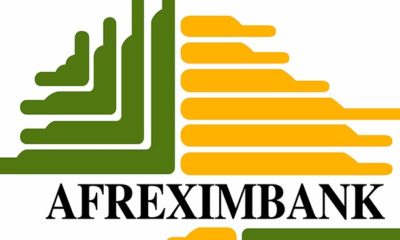
 Investment3 weeks ago
Investment3 weeks ago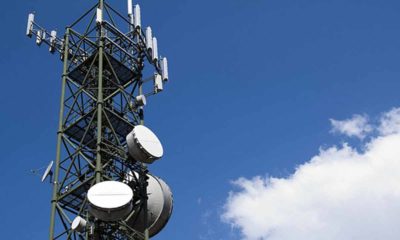
 Telecommunications4 weeks ago
Telecommunications4 weeks ago
 Banking Sector3 weeks ago
Banking Sector3 weeks ago


